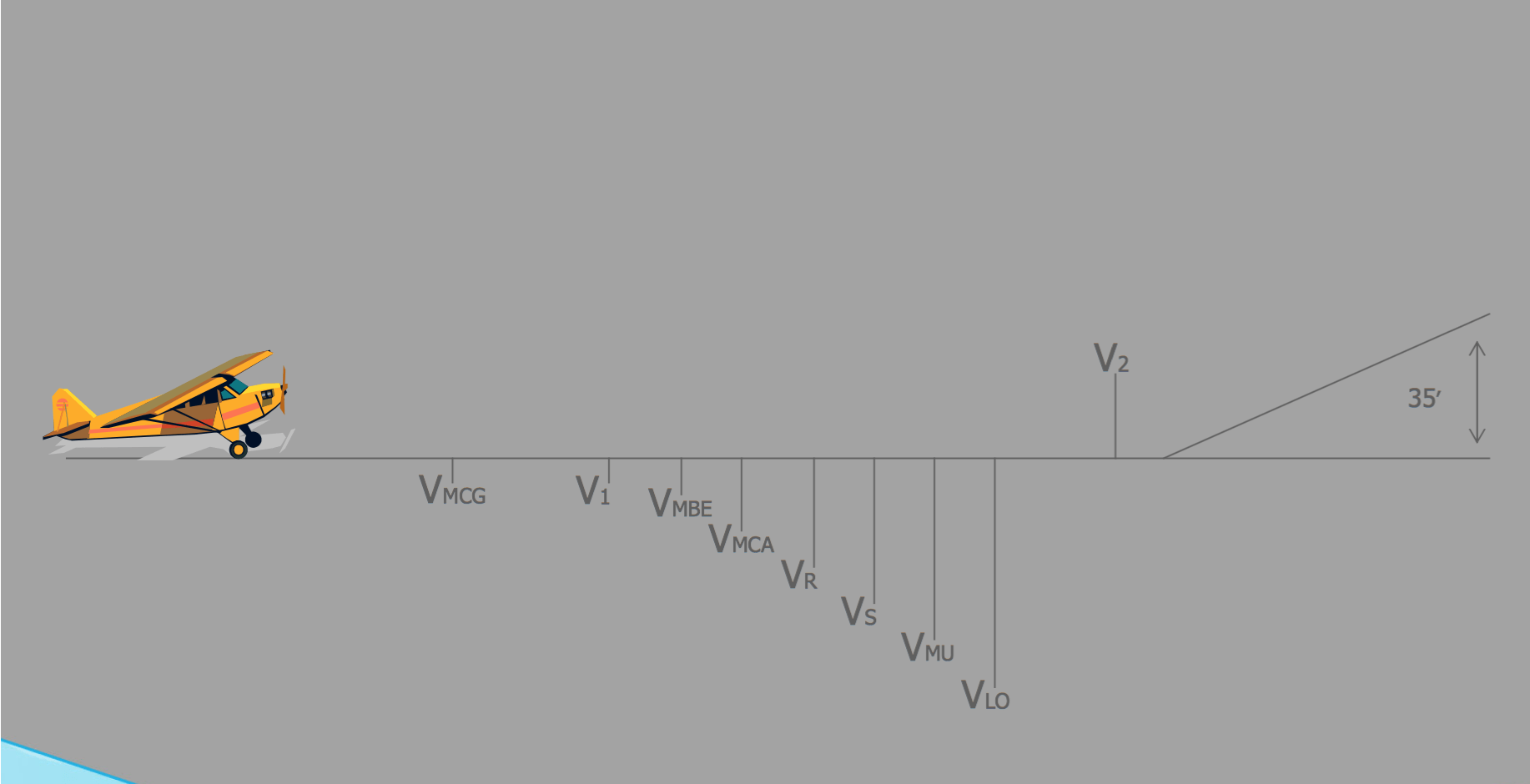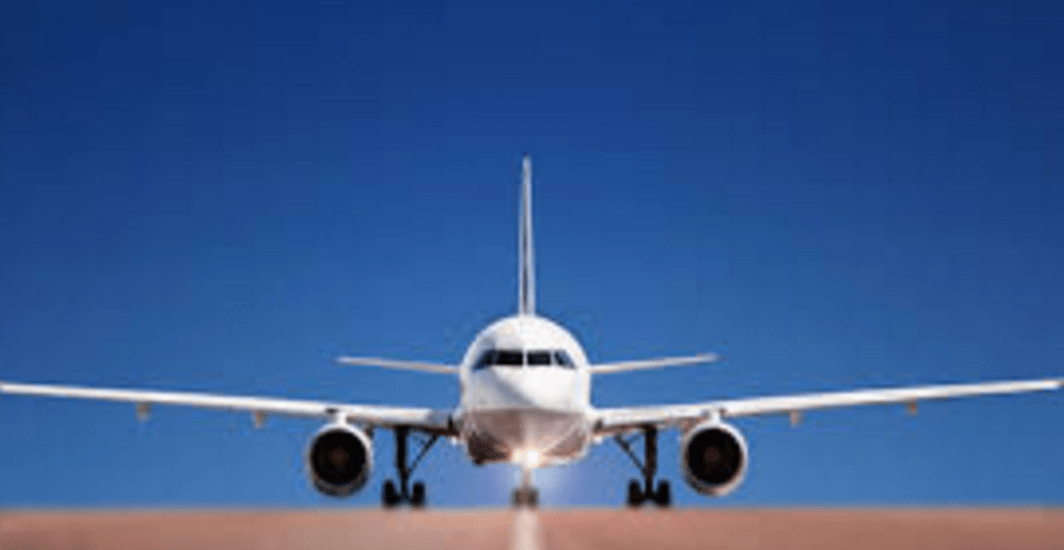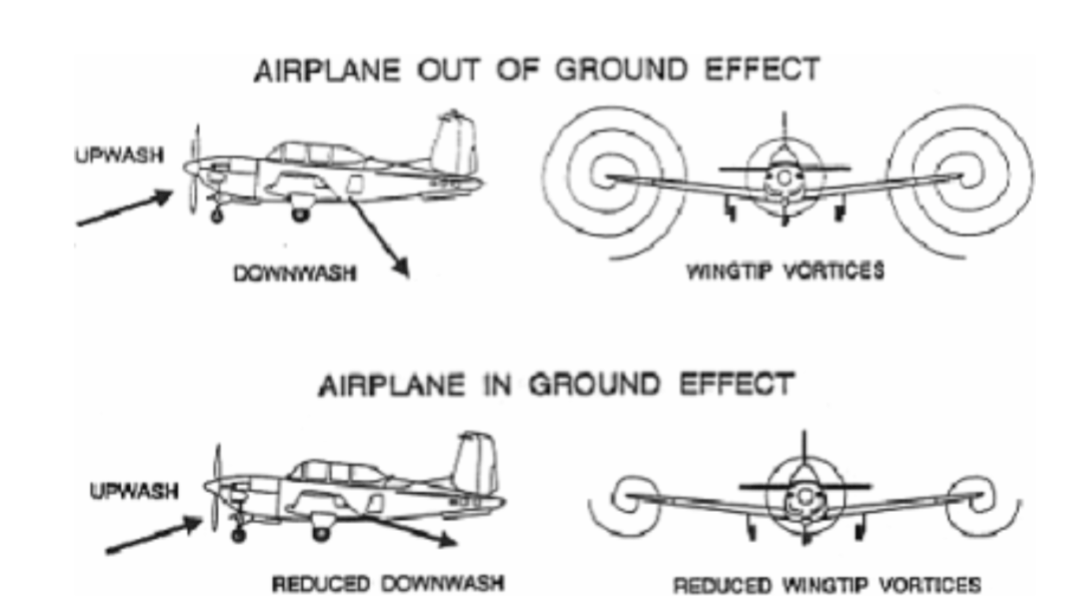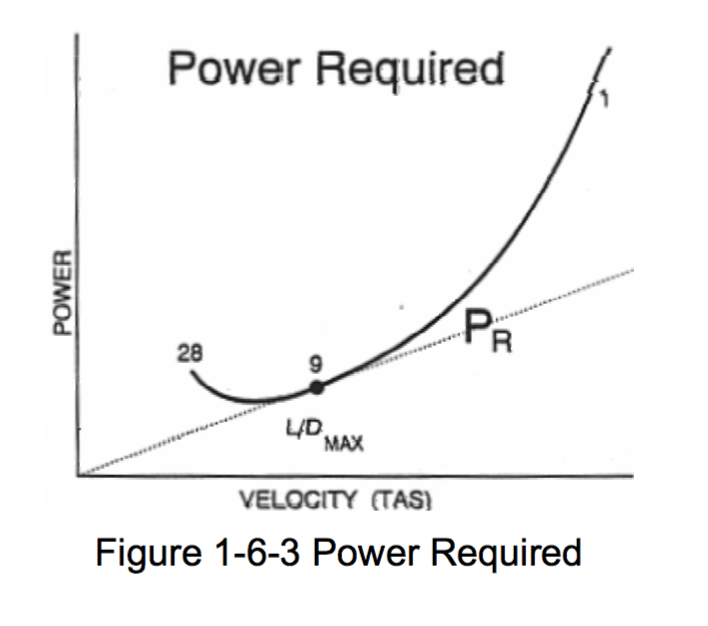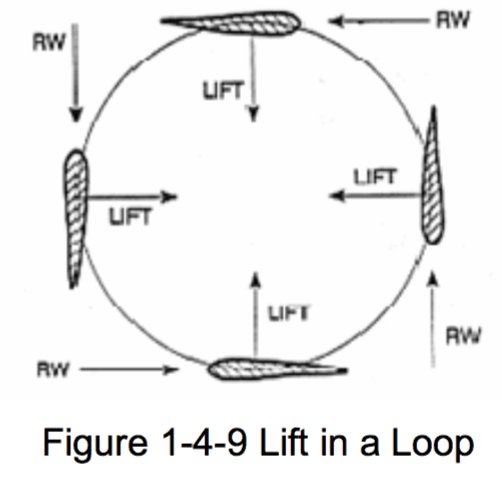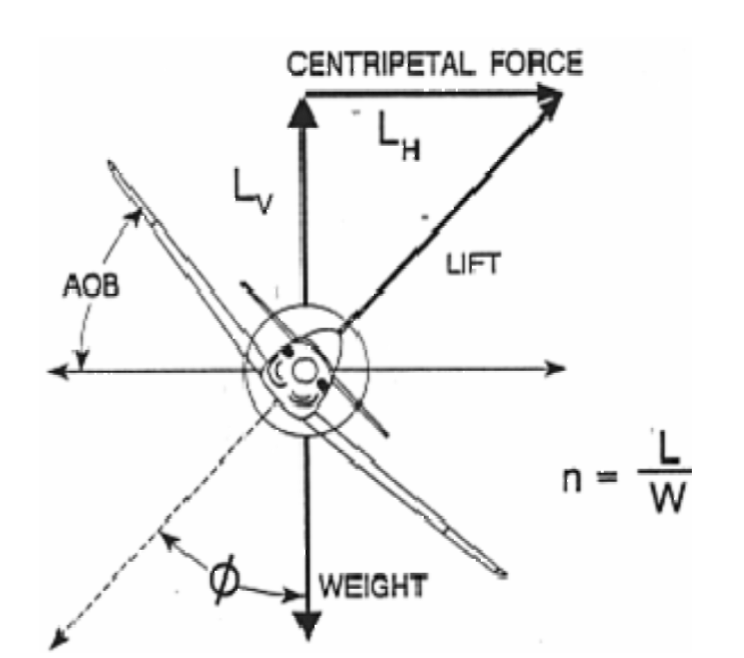
Turn Performance
admin@readysettakeoff.com

Related Articles
-
Wing Dihedral
Jet Brain, , Aerodynamics, 0
You are unauthorized to view this page. Please login your credentials Username Password Remember Me Forgot Password
-
Stalls
Jet Brain, , Aerodynamics, 0
You are unauthorized to view this page. Please login your credentials
-
Takeoff Performance
Jet Brain, , Aerodynamics, 0
You are unauthorized to view this page. Please login your credentials
-
V1/VR/V2 Calculations and Factors
Jet Brain, , Aerodynamics, 0
You are unauthorized to view this page. Please login your credentials
-
Landing Performance
Jet Brain, , Aerodynamics, 0
You are unauthorized to view this page. Please login your credentials
-
Thrust Required
Jet Brain, , Aerodynamics, 0
You are unauthorized to view this page. Please login your credentials
-
Factors Affecting Lift
Jet Brain, , Aerodynamics, 0
You are unauthorized to view this page. Please login your credentials
-
Boundary Layer Control Devices
Jet Brain, , Aerodynamics, 0
You are unauthorized to view this page. Please login your credentials



